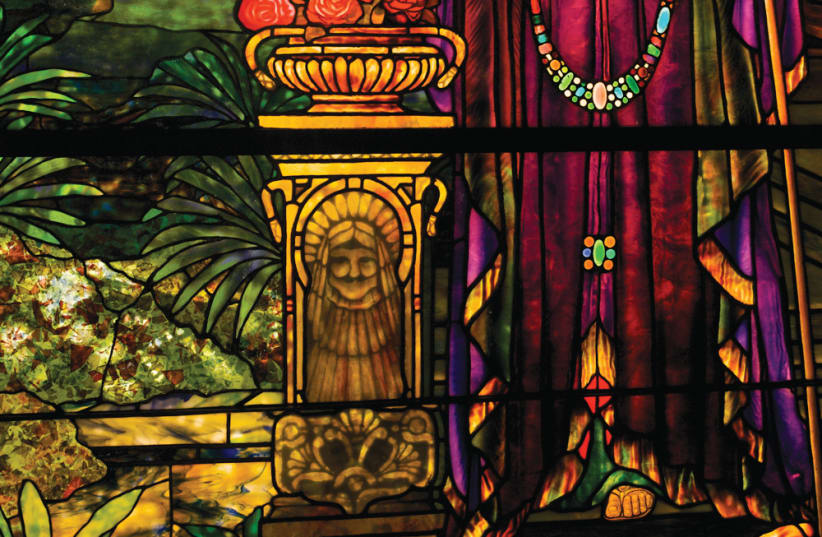ASK THE RABBI: Does the Torah create ‘sanctuary cities’ for law violators?
It is difficult to see how “sanctuary cities” established to execute justice, prevent blood vengeance and provide rehabilitation should be seen as a model for harboring illegal immigrants.
